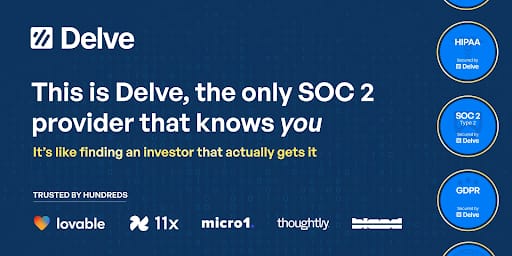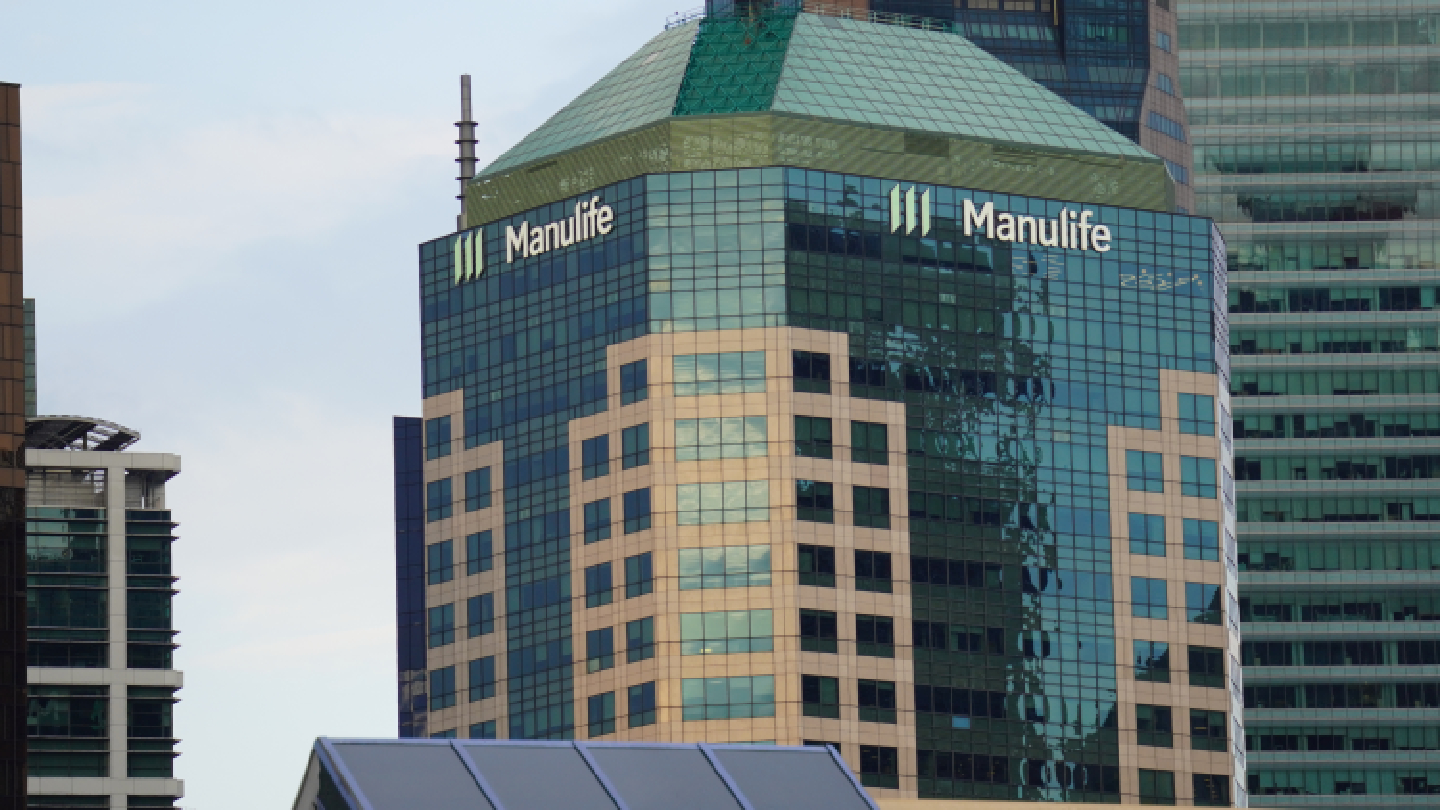- PE 150
- Posts
- Where Water Flows, PE Grows-The $22T Water Thesis
Where Water Flows, PE Grows-The $22T Water Thesis
Compliance-heavy, CapEx-rich niches are minting durable cash flows—$198B by 2032, 77% of VC in North America—prime ground for PE to scale buy-and-build water platforms.
Good morning, ! This week we’re covering private equity’s big splash in water infrastructure, Blackstone’s $6.5B energy data play, secondaries hitting record highs as Plan A for liquidity, the evolving structure of private credit vehicles, and mega-deals making a comeback. Plus—our quick survey on where the next PE wave will break.
Join 50+ advertisers who reach our 400,000 executives: Start Here.
Know someone who would love this? Pass it along—they’ll thank you later! Here’s the link.
DATA DIVE
The $22 Trillion Wake-Up Call

If it flows, it grows. Water treatment and systems are projected to hit $198B by 2032, and PE firms are no longer just dipping toes—they’re building platforms. Desotec, AqueoUS Vets, H2O Innovation—each proof that complex compliance and high CAPEX can be money-printing machines in the right hands. With 77% of VC water tech deals concentrated in North America, private equity’s move from laggard to leader is already under way.
TREND OF THE WEEK
Mega-Deals Are Back

After years of mid-market dominance, private equity’s appetite for mega-deals has roared back. In 2024, transactions above $10B accounted for just 11% of total PE spend. Year-to-date 2025? 27%—more than doubling the prior year’s share.
This jump signals a shift in market conditions. Stabilizing financing costs, pent-up dry powder, and a narrowing bid-ask spread at the top end are emboldening GPs to pursue scale plays. Mega-deals can offer instant market share, pricing power, and operational leverage—critical advantages in a slower-growth environment.
For LPs, the implications cut both ways. Large-ticket deals concentrate risk and extend deployment timelines, but they also offer the potential for step-change returns if executed well. With competition heating up among large-cap sponsors, expect more consortium bids, creative financing structures, and cross-border plays to get big deals over the line.
Bottom line: The mega-deal window is open again, and PE is stepping through it—fast. The question is whether the exit markets in 3–5 years will be as welcoming as today’s debt markets. (More)
PRESENTED BY DELVE
Tired of compliance drama?
That enterprise deal? They just asked for SOC 2. Traditional path: 6 months, $100K.
With Delve: 15 hours. Our AI handles the busywork, and our experts help you close faster.
Lovable did it in 20 hours.
11x unlocked $2.3M.
Book a demo—code BEEHIV1K gets you $1,000 off.
LIQUIDITY CORNER
Secondaries Get Smarter (and Bigger)

The private equity secondaries market isn’t just back—it’s operating on a different level. $102B in total volume for 1H25 marks the highest ever for a half-year, with GP-led deals alone soaring to $48B, a 55% jump YoY. That’s more than a rebound; it's a restructuring of how private capital flows. Continuation funds, once met with side-eye from LPs, are now delivering bespoke exits and longer runways for high-performing assets.
Meanwhile, a big $171B in dry powder is compressing bid-ask spreads and speeding up processes. Evercore calls it a shift toward secondaries as a true corporate finance tool—not just a liquidity Band-Aid. With IPO windows still cloudy and strategic buyers selective, secondaries are emerging as the dealmaker’s Plan A.
The new math in private markets? Liquidity isn’t waiting for exits. It’s engineering them. (More)
DEAL OF THE WEEK
Blackstone Strikes $6.5B Energy Data Deal
Blackstone is set to acquire Enverus, the Austin-based energy data and analytics giant, from Hellman & Friedman in a deal valued at up to $6.5B. The buyout — expected to close by end-2025 — will see Blackstone commit $6.1B–$6.4B, with ~$3B in debt financing. For H&F, which bought Enverus from Genstar Capital in 2021 for $4.25B, the sale is another example of its playbook for scaling high-growth digital infrastructure. Enverus’ platform serves 8,000+ customers in 50 countries, including E&P firms, utilities, and infrastructure operators. It’s Blackstone’s latest energy move, following January’s acquisition of a 774 MW Virginia gas plant, and a signal that PE’s dealmaking pause may be officially over. (More)
TOGETHER WITH PACASO
Former Zillow exec targets $1.3T market
The wealthiest companies tend to target the biggest markets. For example, NVIDIA skyrocketed nearly 200% higher in the last year with the $214B AI market’s tailwind.
That’s why investors are so excited about Pacaso.
Created by a former Zillow exec, Pacaso brings co-ownership to a $1.3 trillion real estate market. And by handing keys to 2,000+ happy homeowners, they’ve made $110M+ in gross profit to date. They even reserved the Nasdaq ticker PCSO.
No wonder the same VCs behind Uber, Venmo, and eBay also invested in Pacaso. And for just $2.90/share, you can join them as an early-stage Pacaso investor today.
Paid advertisement for Pacaso’s Regulation A offering. Read the offering circular at invest.pacaso.com. Reserving a ticker symbol is not a guarantee that the company will go public. Listing on the NASDAQ is subject to approvals.
PRIVATE CREDIT
Private Credit Corner: Funds Still Rule the Lending Game

Private funds remain the undisputed heavyweight in private credit lending, with 82% of surveyed managers using them as their primary vehicle, according to Proskauer. Managed accounts take a solid second place at 67%, while public-facing structures like BDCs (57%) and CLOs (42%) still hold meaningful slices of the market.
The preference for private funds underscores GPs’ desire for control, flexibility, and tailored mandates—particularly important in today’s more bespoke, relationship-driven deal environment. Managed accounts, often built for single LPs, are gaining traction as institutional allocators push for custom exposure and fee alignment.
Lower down the list, niche vehicles—senior loan funds (36%), rated feeders (25%), SBICs (7%) and hedge funds (4%)—play more specialized roles, often targeting specific borrower segments or risk-return profiles.
Why it matters: The vehicle mix reflects the maturation of private credit into a multi-channel asset class. For sponsors, the winning strategy isn’t just deploying capital—it’s structuring the right wrapper to match investor appetite, regulatory requirements, and deal flow. In other words, the form is becoming as strategic as the function. (More)
MICROSURVEY
With deal flow shifting and competition rising, we want to know: Where do you see the most promising opportunities emerging? |
MACROVIEW
U.S. Goldfinger: Trump’s Swiss Tariff Twist Hits Global Nerve

Trump’s surprise 39% tariff on Swiss imports — including nonmonetary gold — has jolted markets and hit America’s luxury habit where it hurts. Switzerland, already a $38.3B trade surplus partner, saw negotiations veer from a presumed 10% levy to full-on tariff warfare after a call went wrong with President Keller-Sutter. The fallout? Gold prices shot past $3,385/oz, up 30% since December, driven by safe-haven demand and now turbocharged by a tariff-fueled supply shock. Meanwhile, Swiss GDP may contract 0.6%, and thousands of jobs hang in the balance as Swatch, Lindt, and Rolex brace for American sticker shock. (More)
THIS WEEK IN HISTORY
August 14, 1971: Nixon Ends the Gold Standard

On August 14, 1971, President Richard Nixon effectively ended the Bretton Woods system by suspending the dollar’s convertibility into gold. The move—dubbed the “Nixon Shock”—closed the window for foreign governments to exchange U.S. dollars for gold at $35/oz, severing the last tie between the dollar and a hard commodity.
The decision was driven by mounting inflation, trade deficits, and dwindling U.S. gold reserves, as foreign holders increasingly redeemed dollars for gold. In one stroke, the global monetary system shifted to fiat currency, with exchange rates floating freely for the first time in modern history.
For private equity and M&A professionals, this was more than a monetary technicality—it set the stage for half a century of financial innovation, leveraged transactions, and global capital flows untethered from a fixed anchor. The “age of paper money” enabled central banks to inject liquidity during downturns, amplifying both boom cycles and asset bubbles.
Bottom line: Nixon’s break with gold didn’t just change currencies—it redefined the cost of capital, risk appetite, and the modern dealmaking environment. Without it, today’s $5T private markets might look very different. (More)
INTERESTING ARTICLES
TWEET OF THE WEEK
🚨BREAKING : A newly signed executive order by U.S. President Trump allows 401k retirement accounts to include alternative assets such as cryptocurrencies and private equity.
— BlockGyan (@BlockGyan247)
6:24 AM • Aug 12, 2025
"Success is not how high you have climbed, but how you make a positive difference to the world."
Roy T. Bennett






